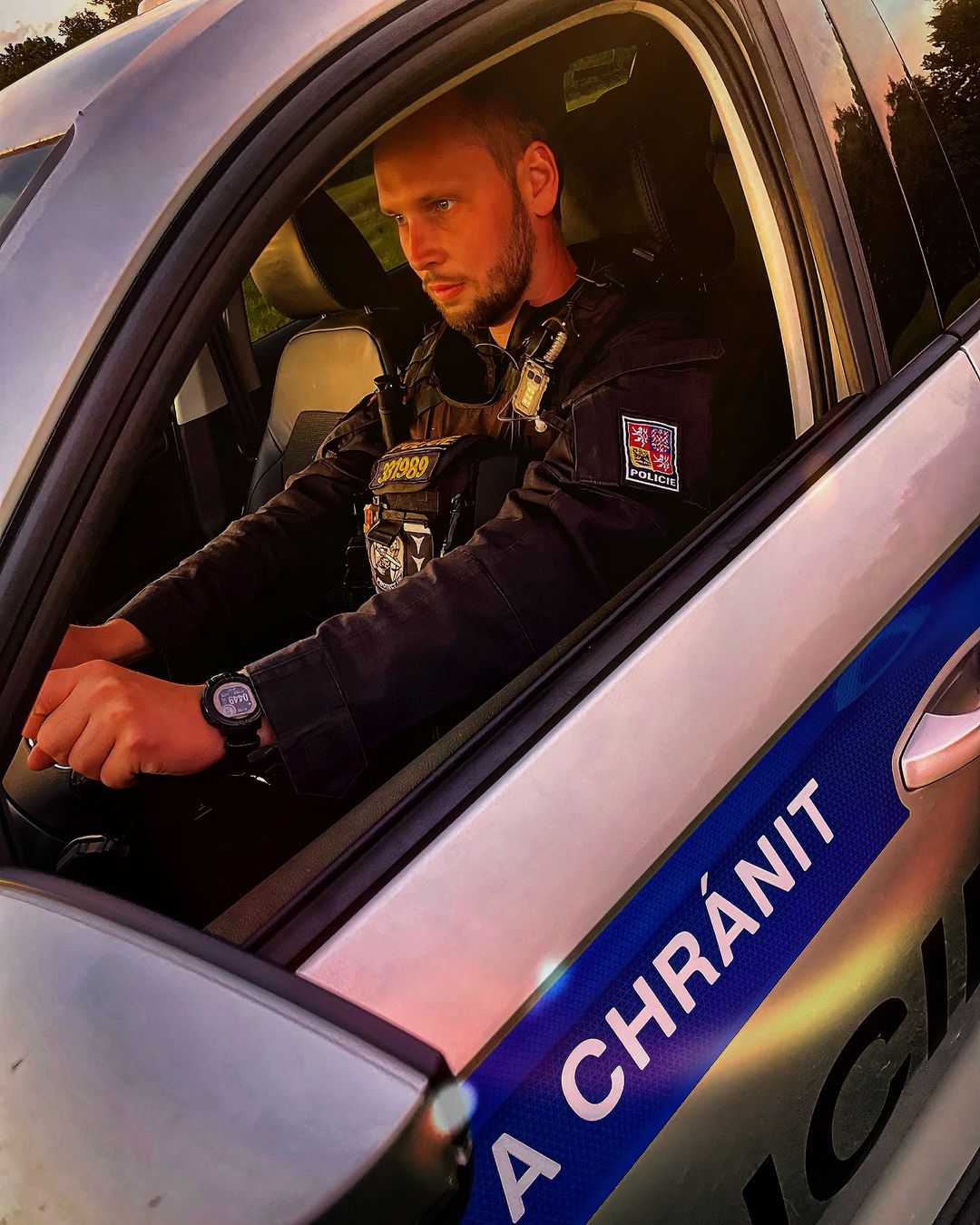The Importance of Body Cameras in Modern Law Enforcement
The Role of Body Cameras in Safeguarding Communities
Police body cameras have become vital tools for safety. These devices serve to protect both the public and the officers. They offer a clear record of interactions and incidents. This helps in building trust within the community. They can deter misconduct from all sides. This trust is key to a safer community. The presence of cameras can also calm volatile situations. They limit escalation by ensuring accountability. In this way, bodycams help to safeguard our communities.
Enhancing Accountability with Police Body Cameras
Body cameras are vital for police transparency. They ensure that officers' actions are recorded. This leads to more trust from the community. It also helps in resolving complaints against officers quickly. Departments using body cameras have seen a drop in incidents. The footage from these cameras can be used as evidence in court. This helps to protect both the public and the officers.
Impact of Body Cameras on Crime Rates
Body cameras have become vital in law enforcement. They aim to reduce crime rates. Studies show mixed results on their impact. Yet, they seem to deter criminal behavior. Body cameras help create trust in the community. They provide clear evidence in court. Officers may act more cautiously with cameras. Thus, it aids in lowering violent incidents. Not all findings are clear-cut, but the trend is positive. There is a need for more research to measure true effects. Police departments see body cameras as crucial tools. These cameras are changing how police work is done.
Innovations in Police Body Cameras: Features and Technology
Advanced Technology in Body-Worn Cameras
Body-worn cameras for law enforcement have seen major tech upgrades. New models boast higher resolution and better night vision. They can also live stream footage to command centers. Another key feature is wider angle lenses. These capture more of the scene during police work. Many cameras now include GPS tagging and speedier data upload times. They can tag videos with metadata for easier sorting and review later. This tech ensures that body cameras are effective tools for both police and the public.
Durability and Design Evolution
Modern police body cameras are built to last. They must withstand harsh conditions, from heavy rain to extreme heat. New designs are robust and compact, with features like waterproof casing and shock resistance. Cameras can now clip onto uniforms securely, reducing the risk of loss or damage during rapid movement or in a struggle. As the demands of law enforcement evolve, so do the designs of body-worn cameras, ensuring officers can rely on them in any situation.
The Integration of AI and Machine Learning
AI and machine learning are revolutionizing police body cameras. These technologies allow for quicker data analysis and enhance functionality. AI can automatically tag video content. It can also identify objects or actions of interest. Machine learning algorithms improve over time. They learn from vast amounts of data for better accuracy. This integration aids officers in making informed decisions. It also helps in gathering robust evidence. Such advancements are reshaping how police work is done. They are making bodycam systems smarter and more useful in the field.
Navigating the Market: Considerations for Law Enforcement Agencies
Assessing the Cost-Benefit Analysis of Body Cameras
Law enforcement must weigh the costs and benefits when buying body cameras. The price tags of devices like boblov cameras can be steep. But the investment may lead to trust and fewer lawsuits. High costs can be offset by data storage needs and cloud services. Long-term savings come from reduced complaint processing too. The key is to balance initial outlays with future gains for police and the public.
The Legal Landscape of Police Body Cameras
The use of police body cameras comes with legal considerations. Law enforcement agencies must navigate complex privacy laws. They must also comply with state-specific recording regulations. There are policies on data storage and public access to address. Moreover, departments must consider the legal impact of footage during court proceedings. All these aspects shape the legal framework of bodycam deployment. It is vital for agencies to stay informed on these evolving legal standards. They must ensure their body camera program aligns with all legal requirements.
Implementing and Managing Body Camera Programs
To effectively implement and manage body camera programs, law enforcement agencies must put in place a robust framework. This involves multiple steps:
- Establishing Clear Policies: Drafting guidelines that define when and how cameras are to be used.
- Training Officers: Ensuring law enforcement personnel are properly trained in operating cameras and understanding the policies.
- Data Management: Developing secure systems for storing, accessing, and handling the footage.
- Privacy Protections: Balancing transparency with individual privacy rights.
- Maintenance and Upgrades: Setting up schedules for regular equipment maintenance and updates.
- Measuring Success: Creating metrics to assess the effectiveness and impact of the body camera program.
These steps will help foster trust and improve the efficacy of body-worn cameras in policing efforts.




